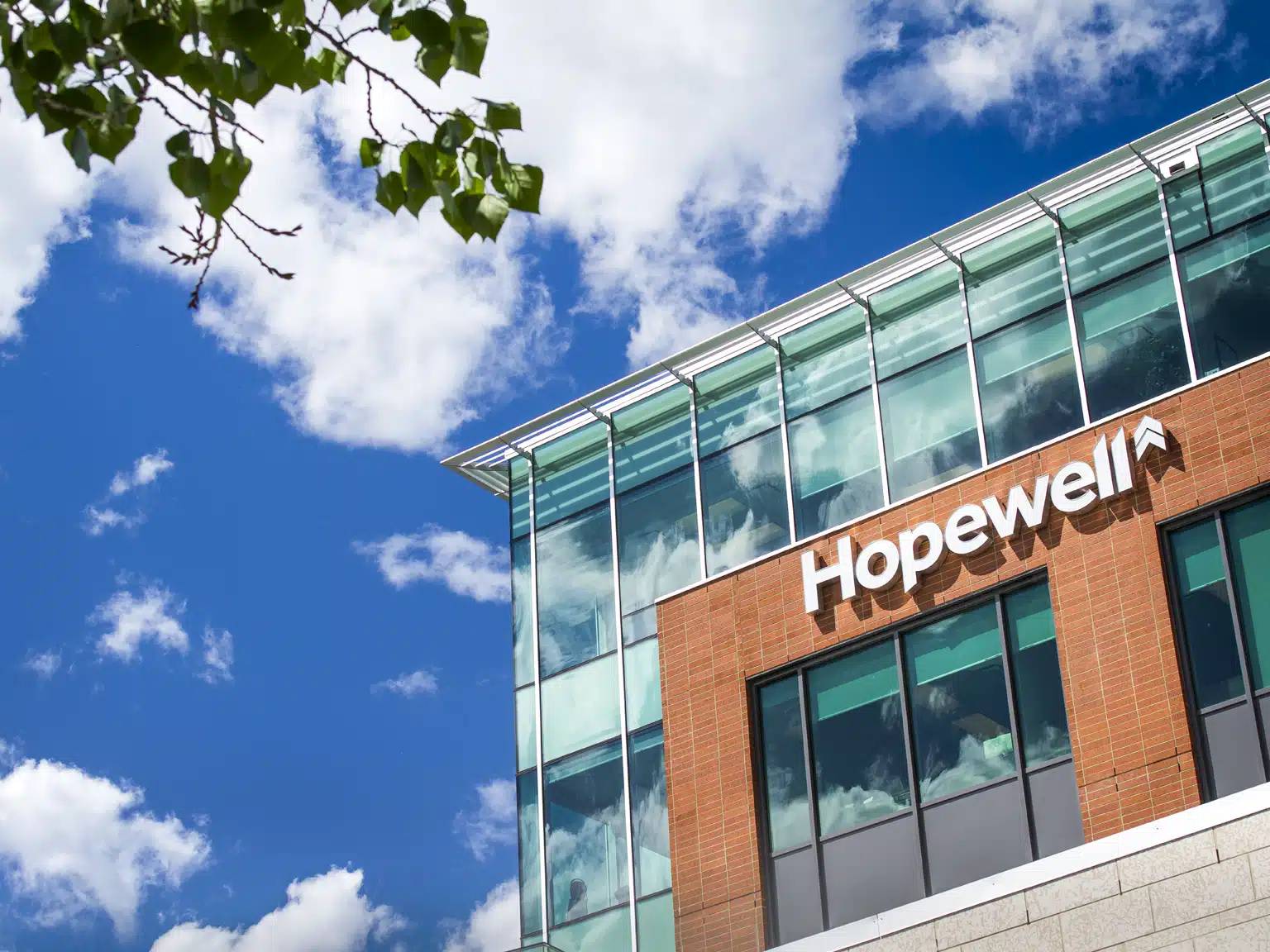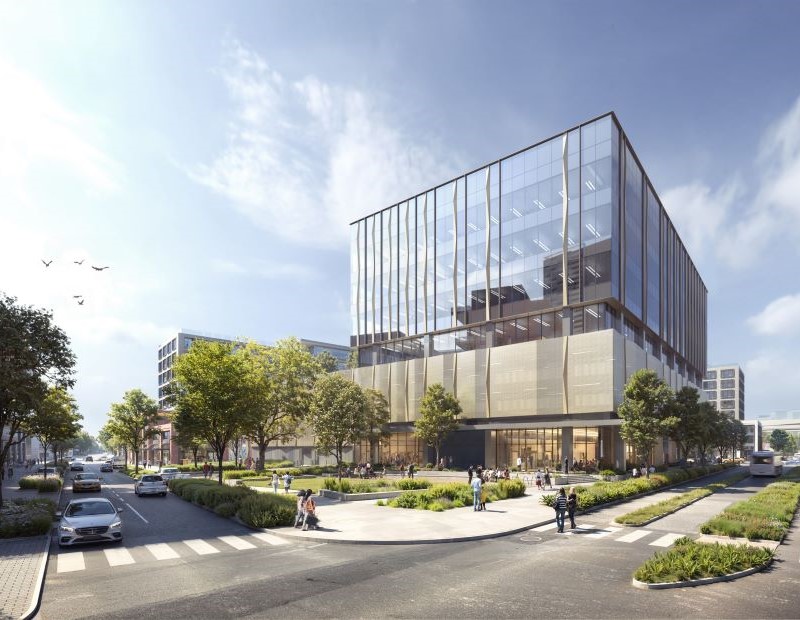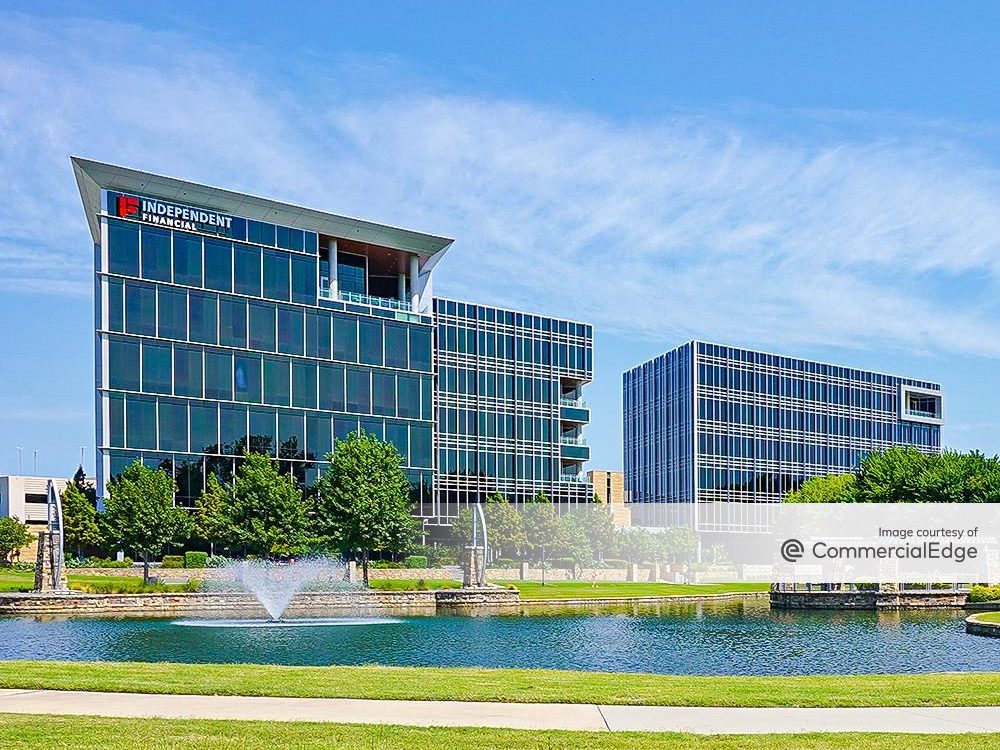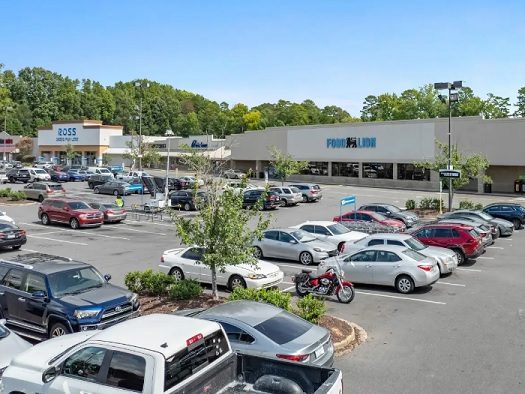Adaptive Reuse in Hospitality: A Q&A with Hilton Worldwide’s Bill Duncan
The hospitality industry is vying to capture business and leisure customers, and transforming existing buildings into distinctive venues is growing in popularity as a way to stay a step ahead of the competition. A prolific developer of adaptive reuse projects, Hilton Worldwide has created one-of-a-kind hotels from a wide variety of properties, ranging from…
 The hospitality industry is vying to capture business and leisure customers, and transforming existing buildings into distinctive venues is growing in popularity as a way to stay a step ahead of the competition.
The hospitality industry is vying to capture business and leisure customers, and transforming existing buildings into distinctive venues is growing in popularity as a way to stay a step ahead of the competition.
A prolific developer of adaptive reuse projects, Hilton Worldwide has created one-of-a-kind hotels from a wide variety of properties, ranging from landmark Beaux Arts office buildings and stalled condominium projects to a former military academy.
Bill Duncan, global head of the Homewood Suites and Home2 Suites Brands, offered an inside view of adaptive reuse trends and strategy in a Q&A with CPE Senior Editor Paul Rosta. For more about adaptive reuse, see “What Goes Around” in the March issue of CPE.
Q: Adaptive reuse is a well-established practice in hospitality. These days, does the number of these projects appear to be increasing, declining or staying about the same?
A: We are seeing more opportunities for adaptive reuse properties, as the number of failed apartment and office complexes have provided ample options for development. Many of these properties are located in urban areas, making them an appealing option for bringing hotel products into these markets when there are limited options for new construction.
The extended-stay model is especially conducive to adaptive reuse, as the prototype lends itself to conversions. We have seen several Homewood Suites and Home2 Suites by Hilton properties successfully turn apartment complexes, office buildings and even historic properties into thriving hotel properties.
Q: In general, what’s the appeal of transforming vintage properties? Given the choices that travelers have these days in most markets, how does it give you a competitive advantage?
A: Historic properties have wide-ranging appeal for both guests and developers alike, as it’s not only an opportunity to preserve a piece of local history in these communities, but it also ensures the property will have unique architectural elements differentiating it from other hotels in the market. Additionally, many of these properties are located in areas that appeal to leisure and business travelers, drawing in guests to our hotels.
Q: How do the various Hilton brands select the best opportunities for adaptive reuse? For instance, are their nuances for criteria that are slightly different among Homewood Suites, Hampton Inn, Hilton Garden Inn, etc.? What do you look for in terms of location, and how do you determine that a particular building has potential as a hotel?
Q: We have successfully transformed historic properties into Homewood Suites, Home2 Suites, Hilton Garden Inn, Hampton Inn, DoubleTree, Hilton and Embassy Suites hotels. We work directly with developers to evaluate potential adaptive reuse projects. While we have some flexibility on the prototypes for our brands, we need to ensure that the building can still accommodate the brand standards that are required. For example, Homewood Suites properties need to have the signature Lodge area in the lobby, and we have requirements for the suites.
Location is also a key factor. We want to develop properties in areas where there is a significant need for a particular brand, based on the area’s offerings and the travelers coming into that area. For example, an extended-stay brand might be a great fit for a neighborhood with many government offices, while a Hilton Garden Inn might be the right choice for a heavily corporate area.
Right now, we’re seeing a big trend towards bringing extended stay properties into downtown areas as well as near medical facilities, so adaptive reuse opportunities in those locations are very attractive.
Q: What are some of the pros and cons for infill development vs. re-purposing an existing property? For instance, time to market, finding good locations, cost differential or other considerations.
A: Since the surge of construction in the mid-2000’s, the amount of available space for new construction in urban markets has decreased significantly. This is one area where adaptive reuse has proven to be a great option for developers wanting to bring one of our brands to those areas.
There are definitely cost issues that need to be taken into consideration when building an adaptive reuse property. For instance, if we’re working with an historic building, then we need to bring in the national and local preservation societies to ensure we’re meeting any requirements during the construction process, which may increase construction time and cost.
However, these initial investments are often offset by available tax deductions and other subsidies tied to the properties’ historic status. Not to mention the added allure historic properties hold for guests in competitive markets. And while there are pretty stringent brand standards for design and construction, we do show flexibility where buildings with historic status are concerned.

Completed in 1886, the former headquarters of the Northwestern Mutual Life company reopened in November 2012 as the 127-key Hilton Garden Inn Milwaukee Downtown. (Photo: Kevin Beswick)
Q: What are the most common challenges in the transformation process? Do certain issues related to financing, codes, environmental remediation or other areas tend to arise, especially any that are unique to hospitality properties?
A: Unexpected issues can arise during construction of any project, not just adaptive reuse developments. However, bringing older building up to current codes can be challenging, especially when trying to preserve historic elements during the construction process.
But these possible investments are considered at the outset of the project, and as previously noted, are often offset by other efficiencies delivered through the adaptive reuse model. Again, our brands may show flexibility in standards due to existing conditions that they might not show in a new build (e.g. guestroom window height).
Q: Would you mention a few examples of noteworthy adaptive reuse projects that are either in progress or were completed in the past year or so?
A: We have had several exciting adaptive reuse projects open within the last year, and these join an extensive portfolio of hotels within the Hilton Worldwide family that use this development model. In April 2013, we opened a dual-branded Hampton Inn and Homewood Suites by Hilton in Downtown Denver in the former Xcel Energy office building. Also, in 1996 we opened the Embassy Suites Charleston, which is located in what was originally part of the Citadel military school.
Home2 Suites, the newest Hilton Worldwide brand, has also jumped headfirst into the adaptive reuse trend. Within only two years of opening its first property, the brand has two adaptive reuse hotels up and running. The first is located in downtown Baltimore in a former apartment complex. The second is a historic adaptive reuse in San Antonio, located in the South Texas Building, a 95-year-old former office building that is listed on the National Register of Historic Places. Features of the building’s Beaux Arts style were preserved during renovation, including original windows, elevator doors and exterior.
Additional examples of adaptive reuse properties in Hilton Worldwide’s portfolio include:
o Homewood Suites Downtown Nashville – a former medical office building built in 1910; conversion to hotel maintains almost all original architecture.
o Hilton Garden Inn Milwaukee Downtown – completed in 1886, this National Historic Landmark was originally the headquarters of the Northwestern Mutual Life Insurance Co.
o Hampton Inn Majestic Chicago Theatre District—a 1906 Beaux Arts landmark , this 135-key boutique hotel is located in the former Majestic Office Building, above the Bank of America Theatre.
o Hampton Inn & Suites Austin @ The University/Capitol—opened in 2012, the 137-room hotel was formerly a stalled condominium project.







You must be logged in to post a comment.